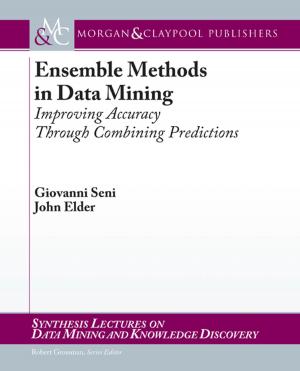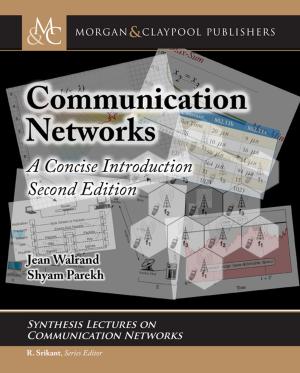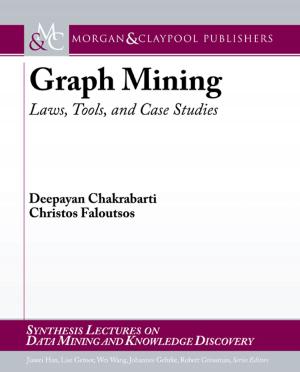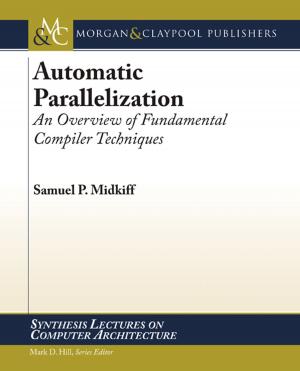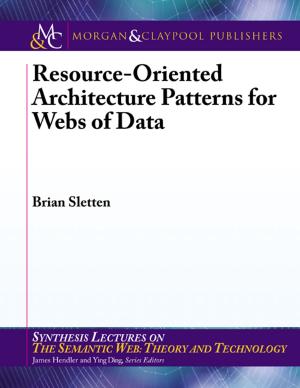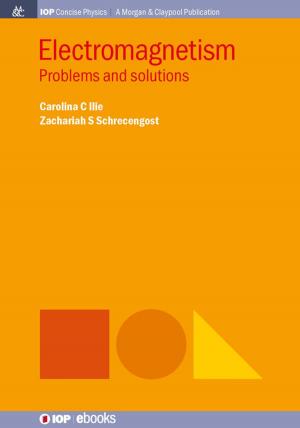Computational Approaches in Physics
Nonfiction, Science & Nature, Science, Physics, General Physics, Computers| Author: | Maria Fyta | ISBN: | 9781681744186 |
| Publisher: | Morgan & Claypool Publishers | Publication: | November 1, 2016 |
| Imprint: | IOP Concise Physics | Language: | English |
| Author: | Maria Fyta |
| ISBN: | 9781681744186 |
| Publisher: | Morgan & Claypool Publishers |
| Publication: | November 1, 2016 |
| Imprint: | IOP Concise Physics |
| Language: | English |
Computational Approaches in Physics reviews computational schemes which are used in the simulations of physical systems. These range from very accurate ab initio techniques up to coarse-grained and mesoscopic schemes. The choice of the method is based on the desired accuracy and computational efficiency. A bottom-up approach is used to present the various simulation methods used in Physics, starting from the lower level and the most accurate methods, up to particle-based ones. The book outlines the basic theory underlying each technique and its complexity, addresses the computational implications and issues in the implementation, as well as present representative examples. A link to the most common computational codes, commercial or open source is listed in each chapter. The strengths and deficiencies of the variety of techniques discussed in this book are presented in detail and visualization tools commonly used to make the simulation data more comprehensive are also discussed. In the end, specific techniques are used as bridges across different disciplines. To this end, examples of different systems tackled with the same methods are presented. The appendices include elements of physical theory which are prerequisites in understanding the simulation methods.
Computational Approaches in Physics reviews computational schemes which are used in the simulations of physical systems. These range from very accurate ab initio techniques up to coarse-grained and mesoscopic schemes. The choice of the method is based on the desired accuracy and computational efficiency. A bottom-up approach is used to present the various simulation methods used in Physics, starting from the lower level and the most accurate methods, up to particle-based ones. The book outlines the basic theory underlying each technique and its complexity, addresses the computational implications and issues in the implementation, as well as present representative examples. A link to the most common computational codes, commercial or open source is listed in each chapter. The strengths and deficiencies of the variety of techniques discussed in this book are presented in detail and visualization tools commonly used to make the simulation data more comprehensive are also discussed. In the end, specific techniques are used as bridges across different disciplines. To this end, examples of different systems tackled with the same methods are presented. The appendices include elements of physical theory which are prerequisites in understanding the simulation methods.

